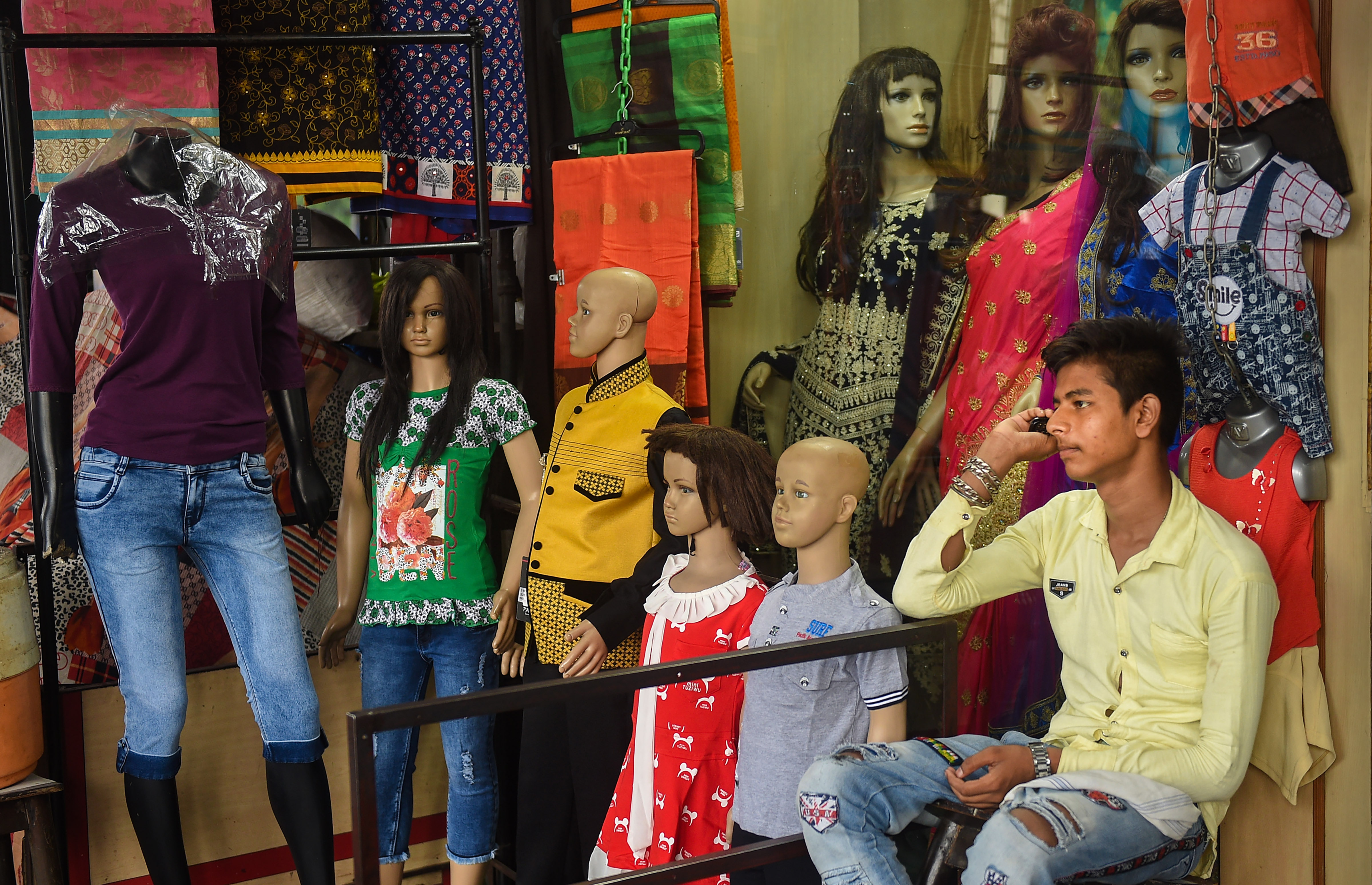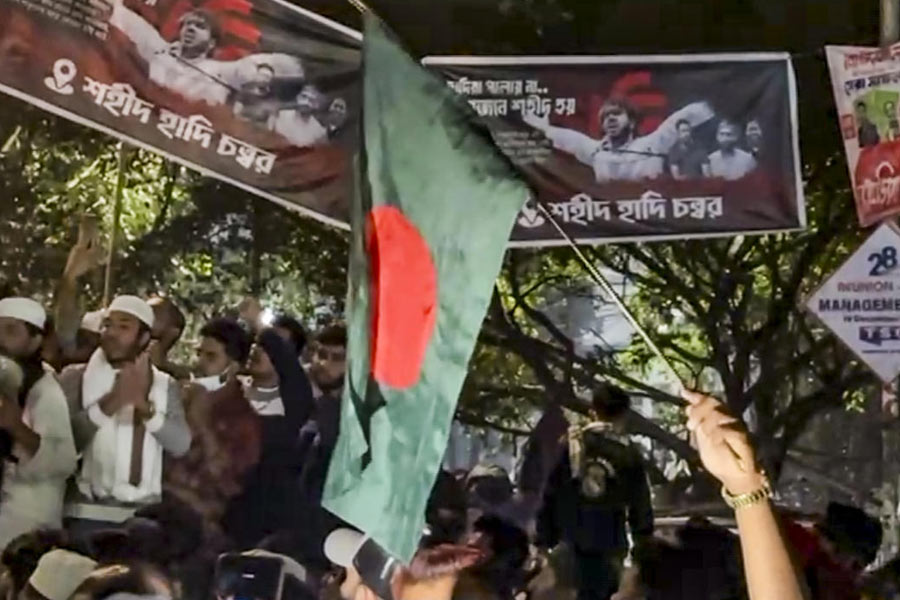Exiting lockdowns when the Covid-19 infection milestone is not yet visible is a risky gamble for India. The phase is critical for the pandemic’s spread and for economic reopening. The timing of departure contravenes the epidemiology principle of a gradual unwinding after the virus infection curve has flattened. More important though is that it is harder to manage growing infections with increasing economic interactions. Compared to this, the blanket lockdown phase was smoother, more predictable. Now, the spreading virus infections and economic normalization are less straightforward, riddled with complexities. Non-linear dynamics are always difficult to navigate; outcomes are harder, sometimes impossible, to predict. So the hope is India can somehow muddle through both without too much scarring.
First the pandemic spread. Gross and net infection growths have been falling, but the trend has not stabilized completely. The virus reproduction rate, which shows how many people one Covid-19 patient infects, has steadily decreased from 1.83 in March to 1.22 at end-May, according to estimates by scientists at the Institute of Mathematical Sciences, Chennai. From the standpoint of pandemic control, the transmission rate needs to fall below 1, when the virus begins to fade out. India has yet to reach this point. Meanwhile, the pandemic’s evolution is getting less conventional the past fortnight, raising concern.
One, infections are spreading to rural regions and geographies untouched thus far. This owes much to poor design of initial lockdown policy, which restricted urban workers but failed to prevent their return to rural homes; then, the virus had not impacted dense urban localities. Cross-regional differences in population and employment structures, income levels, and healthcare, fiscal and administrative capacities will now play larger roles; so will individual and community attributes that vary in heterogeneous populations. Greater devolution of pandemic management also means differential policy responses across the states have more influence than earlier; for example, Bihar did away with quarantine of its returning labour force a while ago. These features make it harder to visualize the virus’s course ahead.
The interplay of Covid-19 infection growth with increasing mobility due to the relaxations and scaled-up economic interactions is also exceedingly uncertain. The gaps in understanding levels of risks and interpretation of safeguards are large: many equate reopening with lowered infection risk; another extreme continues with self-imposed isolation and restraint. The visible eagerness to resume business by producers and service providers who suffered extended losses can encourage excessive risk-taking. Because engagement in services tends to be more closely associated with Covid-19 infection growth, balancing this with a large services’ economy is a challenge.
Exiting a lockdown is also to be matched with stepped-up testing, tracking and tracing. There’s unconvincing evidence that this triad is significantly raised with uniformity across the country. There is progressively lesser pandemic information and transparency, which can be misleading and hold back confidence when the opposite is required for economic normalcy. Conflicting reports from different sources abound. These indicate the number of infected cases and fatalities are considerably undercounted. Incidences of such instances are on the rise. This could also mean a larger stock of infected cases is straining administrative and healthcare capacities, which play an important role in the tracing-and-tracking approach that is essential to localize or prevent another wave of infections. It is also now clear that Covid-19 is going to prevail longer than originally assumed. The fear is that the prolonged overload could lead to exhaustion or loss of momentum of official and medical personnel.
The economy is next. Predicting output losses with near-freeze of the real economy was somewhat straightforward. Early evidence confirms deep slumps in manufacturing and services as anticipated. But now, matters are more uneven and uncertain. For one, notwithstanding the absence of a clear exit strategy by governments, factories, firms and offices, increased disorderliness of the Covid-19 outbreak makes business understanding more complex. Manufacturers who have restarted operate at low capacity for various reasons. These range from the wait for signs of demand, shortages of inputs and labour, procurement tensions and gaps in case of suppliers located in red or containment zones or altogether closed down to the absence of public transport, disrupted logistics, and much else. Materialization of infection risks is also leading to the start-shut-start pattern of reopening. The settling of these hiccups depends upon evolution and persistence of the Covid-19 outbreak, tying both down together for better or worse ahead. Prospective reading of the economy is more intimately attached to the virus’s non-linear wobbles now.
On another place, institutional and policy constraints have surfaced, perhaps earlier than the authorities may have imagined. India’s sovereign rating outlook was downgraded by one rating agency. It has drawn the tense noose on fiscal policy tighter, pushed up funding costs and disturbed monetary policy that’s struggling to make an impact upon aggregate demand. Next, the Rs 20 trillion support programme that heavily leans upon banks to extend guaranteed credit or loans to needy businesses appears to be struggling: this is blocked by risk-aversion on the supply side — banks; on the demand side, firms seem to have little appetite to contract further debt as they are already debt-burdened and foresee grim economic prospects. Then, early signs of price pressures are seen in the raised inflationary expectations of households in the latest Reserve Bank of India survey; these could be temporary, due to supply curtailments from the shutdowns, but cannot be entirely dismissed. In less than a quarter of the pandemic’s dawn, there are also alarming signs of permanent injuries; a survey by the All India Manufacturers’ Organisation showed that nearly 35 per cent of the surveyed micro, small and medium enterprises and 37 per cent of self-employed individuals have started shutting down because they foresee no chance of recovery.
Navigating a haphazard, often counter-intuitive, dynamics is fraught with risks. India has limited choices to change tack or shift course because of economic constraints. It is now certain that Covid-19 has further to run over the world. All countries are wrestling with its uncertainties and damages; each is trying to manoeuvre an economic turnaround while riding out the pandemic. But India’s course is exceptionally non-linear. It also stands out in other aspects. For example, the astonishing co-play of a labour force migrating in pandemic panic on one side and on another, needy employers and state governments trying to entice back workers in desperation to restart operations. Such contradictions are not observed elsewhere in the world. The worry is that health and economic casualties could be high, asymmetrically distributed. The hope is that reopening amidst a spreading pandemic does not extract too high a human and economic cost. Can India muddle through?
The author is a macroeconomist










